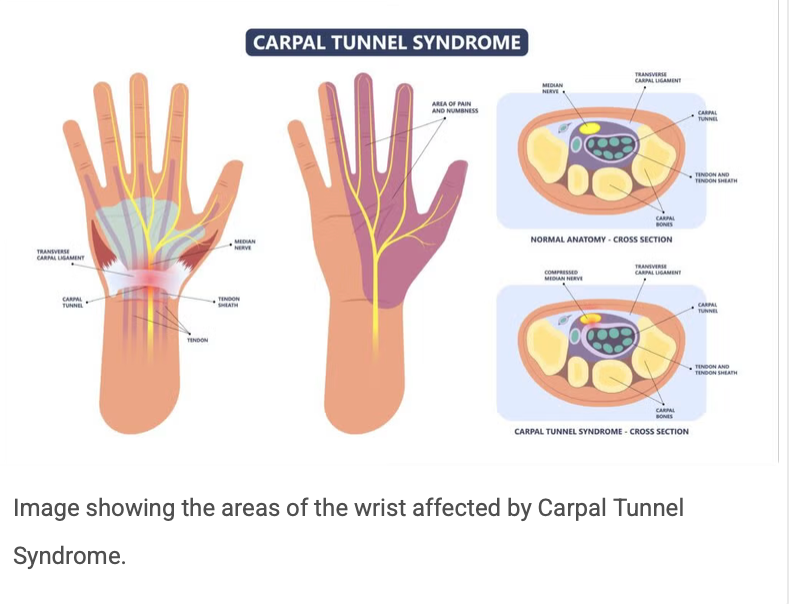What is Dry Needling?
- Elizabeth Olley
- Aug 8, 2022
- 3 min read
Neuro Advantage Rehabilitation is excited to announce we will be offering dry needling starting September 2022!
Dry needling has become a common phrase and treatment method in the world of physical therapy. But what exactly is dry needling?
Dry needling is also called trigger point dry needling or myofascial trigger point dry needling. The word “myofascial” is made up of the roots “myo” (which refers to muscle) and “fascia” (which refers to the tissue that connects muscle).

Muscles sometimes develop knotted areas called trigger points. These trigger points are highly sensitive and can be painful when touched. They are also often the cause of referred pain (or pain that affects another part of the body). Clinicians push thin solid needles through the skin into trigger points. The needles are used to stimulate the tissue, not to inject medication.
Neurologic Dry Needling (NDN) is the evolution from needling points (myofascial trigger points) to needling the system. NDN is utilized to treat all types of neuromusculoskeletal conditions. These conditions are not limited to orthopedics but are applicable to any condition where inflammation (neurogenic), reduced blood flow and muscle guarding is present. The NDN treatment system is based on peripheral and central neurologic principles, which is not limited by the traditional trigger point paradigm. Using the peripheral nerve mapping model allows a broader opportunity to deliver treatment locally, segmentally, and most importantly systemically.
Pain affects how your body moves. It is thought that dry needling changes the way the brain and muscles talk to each other to let the system return to a more normal movement pattern.
A patient may experience different sensations when being needled, muscle soreness, aching and a muscle twitch when a needle is inserted is considered to be a good sign. The needles may be placed deeply or superficially, for shorter or longer periods of time, depending on what type of pain is being treated and how long it has lasted. Shorter periods of time would mean that needle would stay in the muscle for seconds, while longer periods could mean 10 to 15 minutes.
Dry needling is almost always used as a part of an overall plan that will likely include some type of exercise, manual therapy, heat therapy, and education. Dry needling may also treat:
Joint problems
Disk problems
Tendinitis
Migraine and tension-type headaches
Jaw and mouth problems (such as temporomandibular joint disorders or TMD)
Whiplash
Repetitive motion disorders (like carpal tunnel syndrome)
Spinal problems
Pelvic pain
Night cramps
Phantom pain
Most adverse effects have been minor and include:
Soreness during or after the treatment
Bleeding at the place where the needle was pushed in
Fainting
Fatigue
Bruising
A very rare side effect from improper needle insertion could be major organ puncture, such as a pneumothorax (collapsed lung) caused by puncturing the lung through needle insertion in the chest.
How is dry needling different from acupuncture?
At first glance, a patient receiving dry needling treatment and another receiving acupuncture may look exactly the same. Both methods use fine filament needles gently inserted into strategic locations in the body.
The fundamental difference between these techniques is that dry needling is based on human anatomy and the neurophysiological principles, while traditional acupuncture is based on traditional Chinese medicine.
Both dry needling and acupuncture uses needles that don’t inject fluid into the body. In fact, dry needling gets its name from this fact. Both therapies use the stimulation resulting from insertion of these fine needles to generate their therapeutic effects.
One of the fundamental parts of traditional Chinese medicine is the theory behind acupuncture, which relates to the flow of energy through your body.
Frequently, acupuncture targets overall wellness, but it can also help stimulate nerves to address medical conditions ranging from stress to respiratory disorders. Like dry needling, acupuncture seems to stimulate endorphin production, leading to natural pain relief.
Perhaps the most noticeable difference from a patient’s perspective is the time the needles stay inserted. Acupuncture tends to keep needles in place longer, while dry needling has a shorter duration. DINS techniques also use more shallow penetrations.
Dry needling may be a refreshing, drug-free alternative for treating your pain issues. The best way to learn if it’s right for you is through a consultation with one of our dry needling specialists at Neuro Advantage Rehabilitation.





Comments